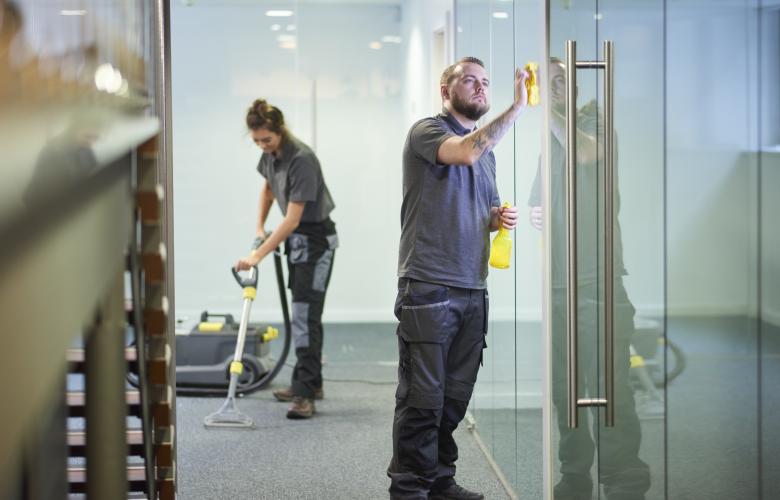Commercial owners and tenants can maximise cash in time for their spring clean - BMT
Contact
Commercial owners and tenants can maximise cash in time for their spring clean - BMT
Cleaning and maintenance is a high priority for any commercial property owner or business. Not only does it help achieve durability of property and assets, but it also improves the presentation and profitability of a commercial operation.
Cleaning and maintenance is a high priority for any commercial property owner or business. Not only does it help achieve durability of property and assets, but it also improves the presentation and profitability of a commercial operation.
These costs can pile up quickly and squeeze money from bank accounts. But much needed relief can come in the forms of tax deductions related to cleaning and maintenance activities just in time for Spring.
What Spring cleaning and maintenance looks like for commercial owners
Cleaning and maintenance can work differently for commercial and residential owners. The commercial tenant looks after most cleaning and maintenance requirements necessary for their business operations.
Commercial owners can still find themselves in a situation where their cleaning and maintenance tasks have well and truly stacked up. This could be for several reasons, such as a tenant not meeting their own responsibilities, or maybe the owner purchased the property when it needs some TLC.
Whatever the case, commercial owners can claim any cleaning and maintenance costs as instant tax deductions in the same financial year they are made.
What about commercial tenants?
Commercial tenants (the business owner operating from the property) undertakes cleaning and maintenance activities on a regular basis and they can claim any products purchased for this at tax time.
Other more detailed cleaning and maintenance activities must also be undertaken. These are usually done by a professional external to the business, for example a handyman, machinery service technician or industrial cleaner. Any costs associated with these types of services are 100 per cent tax deductible for the business.
What happens when maintenance turns into an improvement?
Both commercial owners and tenants need to be aware of the fine line between maintenance and improvements.
Maintenance can be more extensive and turn into a repair. The good news is that a repair is also instantly tax deductible. However, depending on the nature of the repair it could be an improvement, for example, a damaged laminate benchtop that is replaced with a stone benchtop. While the new benchtop was a result of damage, it would be classed as an improvement since the benchtop was improved beyond its original state.
In this scenario the bench top would need to be claimed over time using depreciation deductions. These are tax deductions for the natural wear and tear of property and assets over time.
Depreciation is claimed at tax time and the amount depends on the asset type and value. This is why it’s essential to enlist a speciality quantity surveyor, such as BMT Tax Depreciation, to prepare a tax depreciation schedule and ensure any depreciation is claimed correctly and to its full potential.
A tax depreciation schedule is a report that outlines the deductions available for all depreciable assets held by the owner. If an improvement is made after the schedule has already been prepared, BMT can easily update the schedule to make the process of claiming ongoing depreciation easy.
BMT Tax Depreciation has helped thousands of commercial property owners and businesses claim maximum depreciation deductions for over twenty years. The specialist team has worked across all types of commercial industries from healthcare, retail, to manufacturing and hospitality.
To learn more about BMT and the services they offer their commercial clients, contact the team on 1300 782 726 or Request a Quote.
The views expressed in this article are an opinion only and readers should rely on their independent advice in relation to such matters.
Similar to this:
Why it’s not too late for commercial investors and businesses to claim thousands - BMT
Make convenience retail convenient for your investment portfolio - BMT







